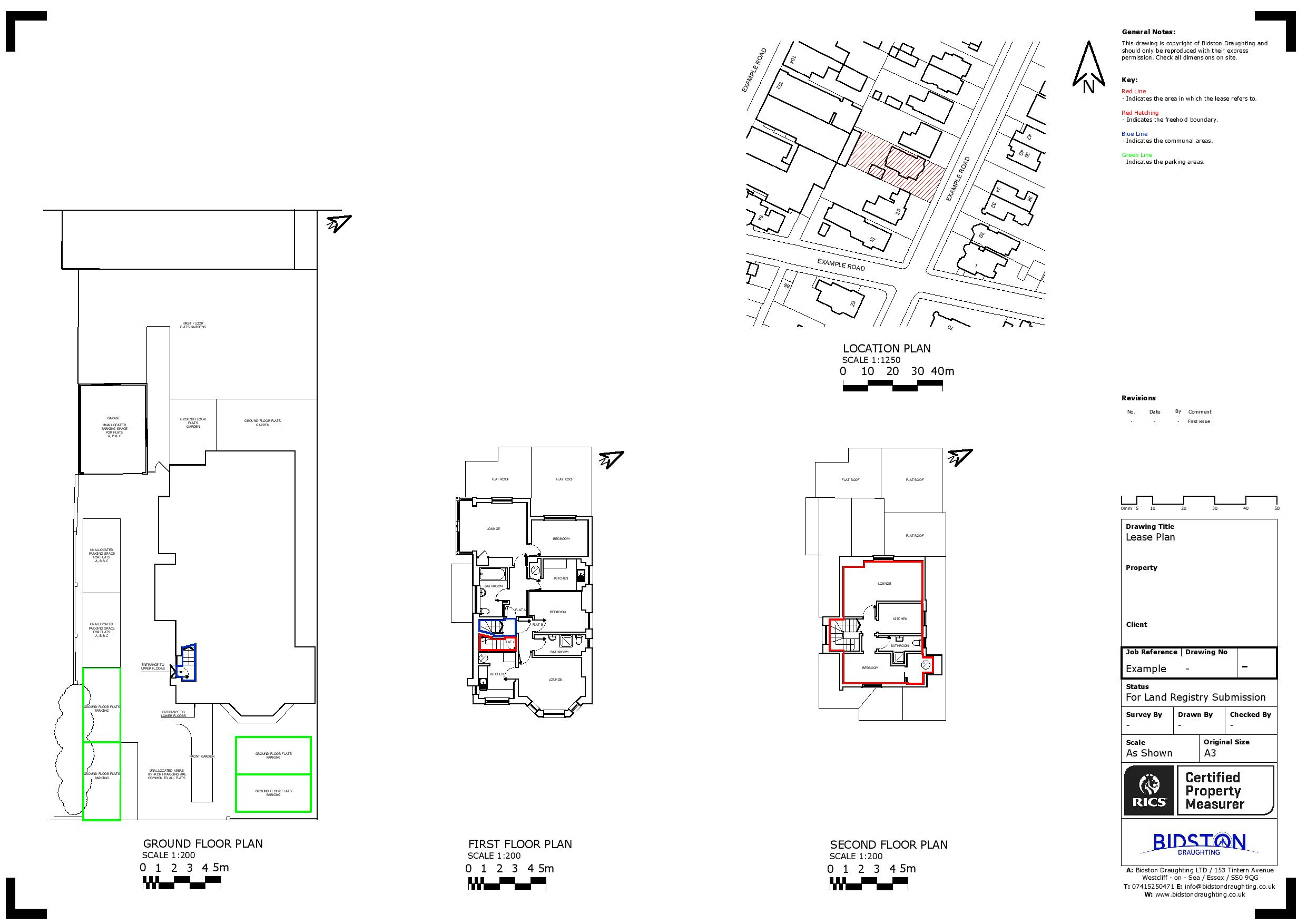When leasing a property, you need a Land Registry complaint lease plan, it’s important to have a clear and accurate understanding of the location and boundaries of the property being leased. This is where a lease plan comes in. In this blog post, we’ll provide an overview of what a lease plan is, why it’s important, and how it should be produced to meet Land Registry requirements.
1. What is a lease plan? A lease plan is a detailed drawing or plan that shows the exact location and boundaries of a property being leased. It typically includes the measurements of the property, the position of the property in relation to neighboring properties, any shared areas, and any access rights or other relevant details.
2. Why is a lease plan important? A lease plan is an essential document for any property lease. It helps to ensure that all parties involved in the lease have a clear understanding of the boundaries of the property, any shared areas, and any access rights or other relevant details. A lease plan can also help to prevent boundary disputes, which can be time-consuming and costly to resolve.
3. What are the Land Registry requirements for lease plans? The Land Registry has specific requirements that must be met in order for a lease plan to be legally valid. Some of the key requirements include accurate measurements, clear boundaries, and the inclusion of relevant details such as access rights and any shared areas. The plan must also be drawn to a suitable scale and include a north point and a scale bar.
4. How is a lease plan produced? Producing a lease plan typically involves a site survey, where a surveyor will visit the property and take accurate measurements of the boundaries and any shared areas. The surveyor will then produce a clear and concise plan, including all relevant details and meeting Land Registry requirements. The plan may need to be reviewed and approved by the parties involved in the lease before it is submitted to the Land Registry.
Conclusion: A Land Registry compliant lease plan is an essential document for any property lease. By providing a clear and accurate understanding of the location and boundaries of the property, a lease plan can help to prevent disputes and ensure that all parties involved in the lease have a clear understanding of their rights and responsibilities. If you are leasing a property, it’s important to ensure that a lease plan is produced to a high standard and meets all Land Registry requirements.
You can see a full guide here on the GOV website :Gov Guidelines:

